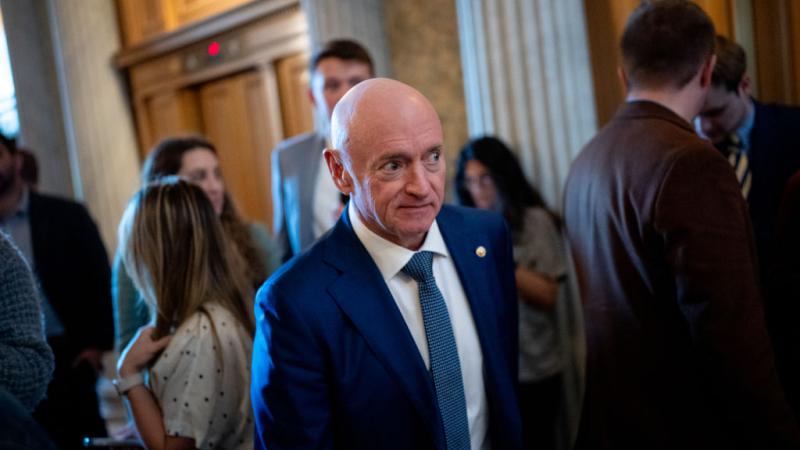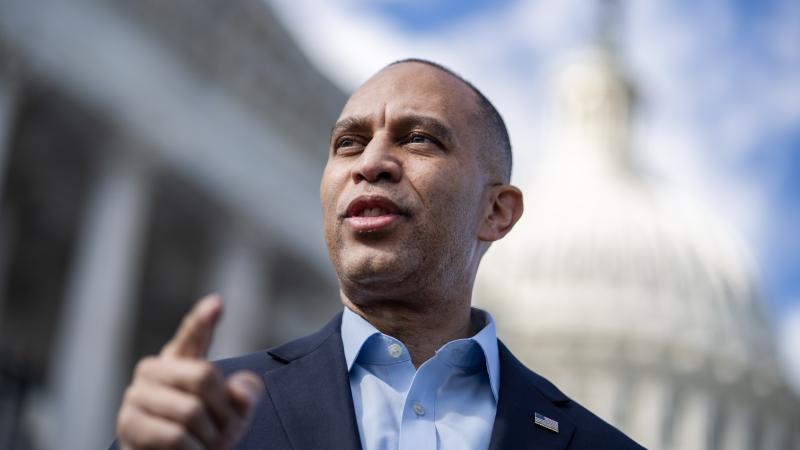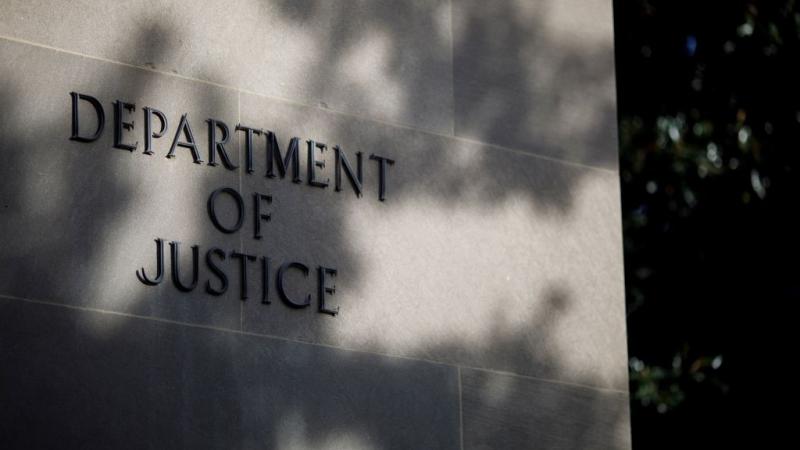Trump executive order on solar and wind threatens Louisiana’s solar gains, advocates warn
Louisiana’s solar industry contributed more than $741 million in total economic output in 2023, according to a new study.
(The Center Square) -
(The Center Square) − Louisiana’s solar industry contributed more than $741 million in total economic output in 2023, according to a new study from the University of Louisiana at Lafayette, highlighting the sector’s growing role in the state’s energy mix and economic development.
But advocates warn that progress is now at risk due to a recent executive order from President Donald Trump directing federal agencies to dismantle support for wind and solar energy.
The order calls the technologies "unreliable" and a threat to national security and mandates the elimination of "market-distorting" subsidies. It also instructs the Department of the Treasury to revoke clean energy tax credits, including those under sections 45Y and 48E of the Internal Revenue Code.
The potential fallout could be significant for Louisiana.
The UL Lafayette report found the solar industry supported 5,100 jobs in the state in 2023, with a combined labor income of $319.4 million and a value-added impact of $441.5 million to the state’s GDP.
State and local governments collected $27 million in tax revenue from solar-related activities — $17 million in state taxes and $10 million in local taxes.
Installation and project development accounted for the largest share of employment, supporting 4,000 jobs and generating over $541 million in economic output. Wholesale trade and distribution, operations and maintenance, and manufacturing made up the remaining workforce.
Louisiana is still early in its adoption of solar as a power generation source.
The Solar Energy Industries Association ranks the state 30th nationally for solar deployment, with 1,656 megawatts of installed capacity — enough to power about 166,000 homes. In 2024, Louisiana tripled its solar capacity, increasing it by 200% from the year before. But that momentum appears to be slowing, with only 150 megawatts installed so far in 2025.
SEIA projects Louisiana will add 4,151 megawatts over the next five years, placing it 19th in the nation for projected growth.
Jackson Voss, Climate Policy Coordinator for the Alliance for Affordable Energy, said the administration’s reasoning for rolling back renewable incentives is "a bit unusual."
"While the administration is presenting incentives and subsidies for solar and wind as giving them an unfair advantage, the fact of the matter is that oil and gas has been subsidized for years," Voss told The Center Square. "In fact, the One Big Beautiful Bill that was just passed includes more generous subsidies for oil and gas, particularly for enhanced oil recovery. And despite those subsidies for oil and gas, energy costs have continued to rise."
Voss also pushed back on the executive order’s claims that renewables threaten national security.
"The order claims that investing in renewables threatens national security by making the U.S. reliant on countries like China," Voss said. "But part of the idea behind creating these tax credits and grant programs for solar and wind was to actually move manufacturing and supply chains for solar panels and wind turbines to the United States and away from countries like China, to solve exactly that problem."
He pointed to the First Solar facility under construction in New Iberia as one example of a domestic clean energy project supported by federal incentives. That project is expected to create a substantial number of well-paying jobs in Louisiana.
"If American companies stop producing solar panels and wind turbines, global demand for those products won’t disappear — it’ll just be met by foreign manufacturers, almost certainly in China," Voss said.
SEIA echoed those concerns in a recent press release, warning that repealing clean energy tax credits could raise electricity bills, eliminate 330,000 jobs nationwide, and halt $286 billion in investment. A Brattle Group study cited by SEIA found that removing the credits could increase U.S. electricity costs by $51 billion — a cost that would fall disproportionately on working families and state governments.
"In 2023 alone, solar added $75.5 billion to the U.S. GDP and paid $12 billion in federal taxes," SEIA stated. "For every $1 spent on solar tax credits, Americans receive $2.67 in return."
Louisiana is among the states that stand to lose if the tax credits are withdrawn. The UL Lafayette study estimates that the solar industry added nearly half a billion dollars to the state’s economy in 2023 — a figure SEIA compares to the economic footprint of the motion picture or sound recording industries.
Regionally, solar output across the Midcontinent Independent System Operator grid has surged. Solar generation increased from 1,101 gigawatt-hours in April 2024 to 2,474 GWh by April 2025. Peak output in March 2025 hit 12,061 megawatts, more than double the 5,784 MW recorded the previous April.
Still, Louisiana’s electricity generation remains dominated by natural gas. And despite falling solar prices — down 42% over the past decade — the state continues to face high power outage durations.
According to the U.S. Energy Information Administration, Louisiana ranks among the 12 states with the most minutes of power outages annually.












